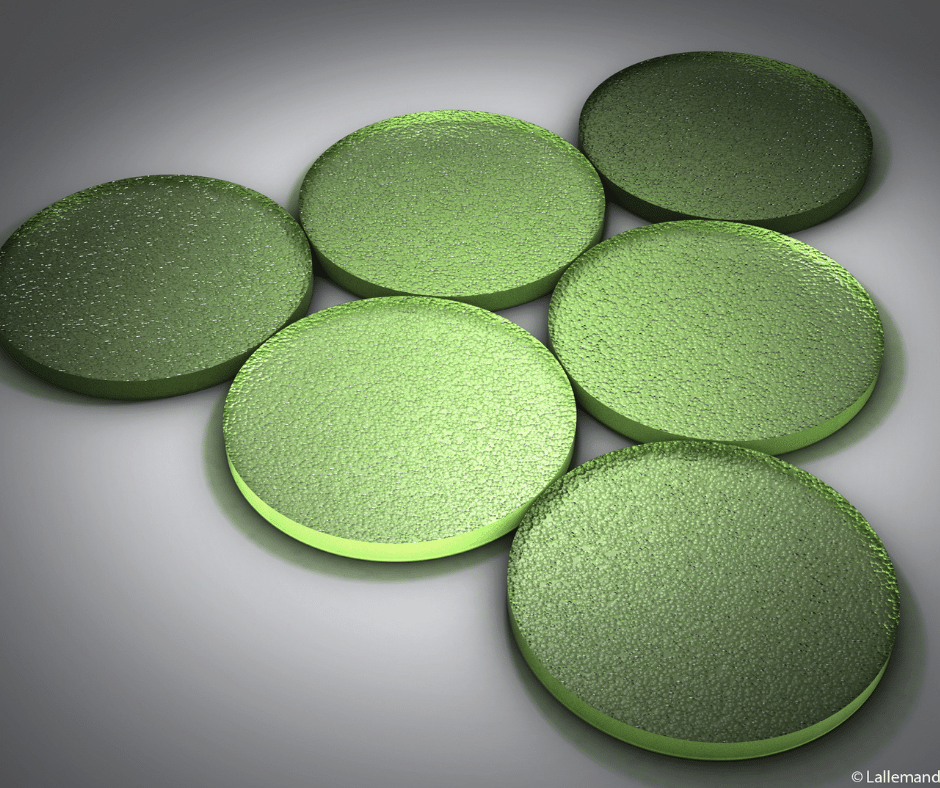Written by Sigrid Gertsen-Schibbye

Enzymes conjure up the vision of certain alchemy with their complex names and nebulous, yet fantastic effect in winemaking.
One wonders if they are having an impact since the grapes themselves already have some enzymes included. Yet, once they have been tried, their tiny addition has such a magic impact one wonders why one did not try before!
How do the pectinases work?
Enzymes are a natural product with a mix of activities. This mix is very important to be able to adapt to various wine environments and give the best results. Their activity is like having a turbo motor added to a slow car.
This catalytic effect can be related to an interwoven fishing net of colloids in the wine which needs to be broken up, to be able to set the fish free from the net (if you are into having more fish in the sea). It allows one to break up larger compounds and make it easier to work with the wine solids and leave the important soluble compounds which are so important to the wine for fermentation (nitrogen, vitamins and minerals) and structure such as tannins, colour and aroma.
Why add enzymes to white grape juice?
After pressing, grape juice is rich in solid particles and colloids. To allow a good sedimentation of particles present in the juice, it is very important that viscosity can be quickly reduced. This is especially true when the juice must be fermented.
The use of pectolytic enzymes (pectinases) is essential to hydrolyze pectic particles in juice, therefore allowing the winemaker a much faster clarification. Short clarification means also shorter period of contact between juice and solids and reducing the risk of unpleasant taste (“grassy”, “earthy” notes) in some grape varieties.
What are the main parameters having an influence on enzymes efficiency?
- Grape quality and pectin concentration
- Temperature of juice
- pH of juice
- Pressing of the grapes
1.Grape quality and pectin concentration
All grape varieties do not have the same pectin concentration and composition. It is usually much easier to clarify Chardonnay than Moscato, even though the biochemical reasons underlying these facts are not well established.
Also, grapes infected with Botrytis make a juice even more difficult to clarify; glucans released following an infection are very viscous.
2. Temperature of juice
Low temperature will have two main consequences:
- The juices viscosity is higher, so particle sedimentation is slowed down
- Enzyme activity is reduced. Pectinases optimum temperature is 40-45°C, and at 12°C, only 15% of activity is maintained.
Therefore, enzyme dosage should be adapted as a function of temperature.
3. pH of juice
Optimum pH of pectinases is around 4.5- 5.5, so one could believe that the higher the pH, the faster the enzymatic clarification. This is true … and false!
Above pH 3.60- 3.70, the enzymes do work, but particle sedimentation does not occur easily because of electrostatic phenomena. In that case, it can be useful to lower juice’s pH, and sedimentation will improve!
For low pH (<3.20), enzymatic activity is reduced, so it is important to increase dosage.
4. The pressing of the grapes
The stronger the pressing, the richer in pectin the juice will be.
On one side, you have the nice and smooth pressing of hand-picked Chardonnay and, on the other side, you have juices coming out from continuous pressing of machine harvested grapes quite rich in pectin… therefore, enzyme composition, dosage and reaction time should be adapted according to this information.
Conclusion: These elements are an introduction to enzymes and hopefully something to consider in future. The application in white wines can apply to clarification of the must, maceration, the release of flavouring substances and even the control of malolactic fermentation in the case of the enzyme Lysozyme.
The dosage will often be in the level of a few grams per 100 litres and will depend on the conditions of the juice as discussed, or the wine (for enzymes added post-alcoholic fermentation). Technical data sheets can give more specific information for each application and pique one’s interest to read more before the next instalment of Wine Wednesdays.
There is decidedly more to enzymes than might initially be imagined.
If you have any questions on our wine making range, please get in contact with our dedicated wine consultant Kieron Atkinson on kieron.atkinson@murphyandson.co.uk.